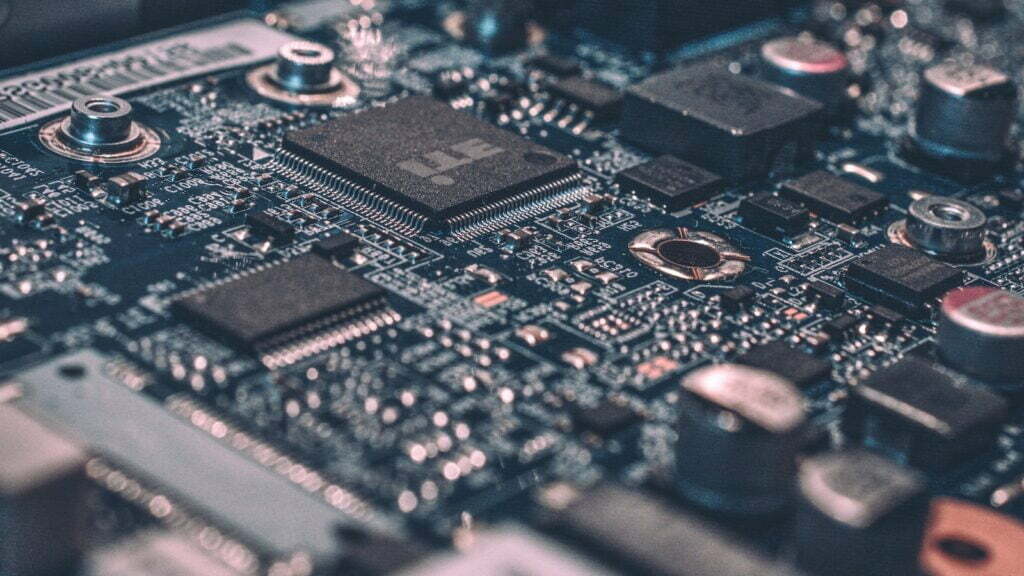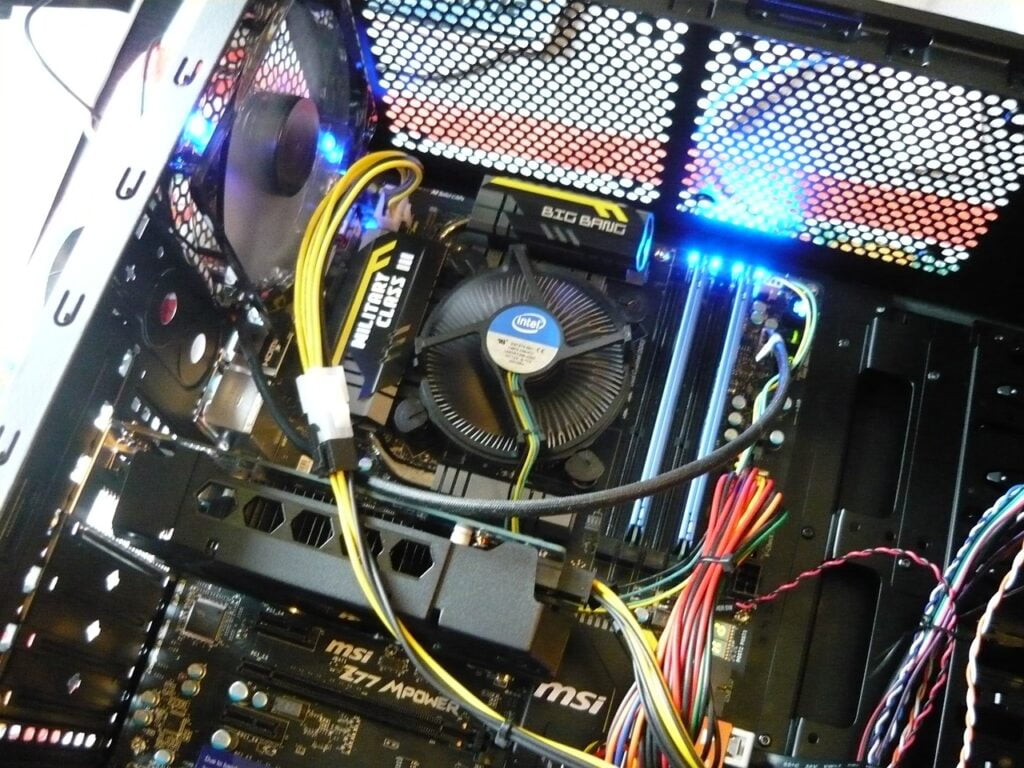DRAM light on Motherboard (Red/Orange/Yellow)
Contents
When you first turn on your computer, there is a very short period of time where the DRAM LED on your motherboard will be lit. This is normal and indicates that the system is going through its POST (power-on self-test) sequence.
After the POST sequence is complete, the DRAM LED should go out. If it does not, then there may be a problem with your RAM or motherboard. In this guide, we’ll show you how to troubleshoot a DRAM LED that remains lit on your motherboard.
You might like reading knowledge base & solutions articles.
1. What is DRAM?

DRAM stands for Dynamic Random Access Memory and it is a type of computer memory that is used to store data.
It is called “dynamic” because it needs to be refreshed constantly in order to retain the data, and “random access” because it can be accessed randomly rather than sequentially like other types of memory.
DRAM is used in computers, phones, digital cameras, and other electronic devices.
What is DRAM LED?
If you’re seeing a DRAM LED error on your computer, it means there’s an issue with the computer’s RAM/CPU. Given the age of some computers, it’s possible that the RAM has simply failed and needs to be replaced.
However, before assuming this is the case, make sure that the RAM is properly seated in its slot. If it isn’t, reseat it and see if that fixes the problem. If not, then it’s likely that you’ll need to purchase new RAM.
Check Intel & AMD Mobo Reviews.
2. How can I tell if my motherboard has a DRAM light?
If your motherboard has a DRAM light, it will be located near the DRAM slots on the motherboard. The light will either be lit up or flashing when the computer is turned on.
If the light is not lit up, it may mean that there is an issue with the DRAM or that the DRAM is not installed properly.
3. Why is there a DRAM light on my motherboard?
There are a few reasons why there may be a DRAM light on your motherboard. One reason could be that the DRAM itself is not working properly.
Another reason could be that the DRAM is not installed correctly. Lastly, it could also indicate that there is an issue with the power supply to the DRAM.
4. How do I fix a DRAM light on my motherboard?
If you have a DRAM light on your motherboard, the first thing you should do is check to make sure that the RAM is properly installed.
If it is not, try re-seating the RAM or replacing it with a new one. If the problem persists, you may need to replace the motherboard.
5. Is a DRAM light on my motherboard bad?
A DRAM light on your motherboard is not necessarily bad, but it can indicate that there is a problem with the RAM or that it is not installed properly.
If the problem persists, you may need to replace the motherboard.
6. What are the consequences of having a DRAM light on my motherboard?
The consequences of having a DRAM light on your motherboard depend on the cause of the problem. If the issue is with the RAM itself, you may need to replace it.
If the issue is with the installation of the RAM, you may need to re-seat or replace it. Lastly, if the problem lies with the power supply to the RAM, you may need to replace the motherboard.
Find PC Components here.
7. Will a DRAM light on my motherboard affect my computer’s performance?
Generally speaking, no. A DRAM light on your motherboard will not affect your computer’s performance unless it is caused by an issue with the power supply to the RAM.
In this case, you may experience intermittent issues with your computer’s performance.
8. Frequently asked questions

Why the DRAM LED is always ON on the motherboard?
If the DRAM LED light on your motherboard is always ON after powering on, it indicates that there is no memory installed or that the memory is faulty.
To resolve this, confirm that the memory is fully installed. If it is not fully installed, try re-installing it.
Why is my DRAM lit on MSI/ASUS/Gigabyte/ASRock Motherboard?
The DRAM light on your motherboard indicates that there is a problem with the RAM or CPU. This could be due to a number of factors, such as incompatible hardware or a faulty graphics card.
If you have a spare monitor or graphics card, try cross-testing them. You may need to replace the RAM or CPU.
What does a DRAM error mean?
A DRAM error means that there is a problem with the DRAM modules or other hardware. DRAM faults can happen spontaneously, like any hardware failure.
A defective DRAM module or faulty power supply can cause DRAM faults that can be quite noticeable and have a negative effect on system stability.
What can cause DRAM errors?
One possible cause of DRAM error is a defective or faulty DRAM module. Another possibility is some other hardware defect, such as a power supply that is not operating within its specified parameters.
Either of these issues can result in DRAM faults occurring at a rate that is noticeable and affects system stability.
Why is the DRAM LED red in MSI Motherboard?
There are a few potential reasons why your DRAM LED might be red. It could be that your RAM is not compatible with your motherboard, or that it is not seated correctly.
It could also be that your CPU is not compatible with your motherboard. If you have a spare monitor, graphics card, or cable, try cross-testing them to confirm the issue.
Conclusion
In this guide, we showed you how to troubleshoot the DRAM light on your motherboard. We explained what the DRAM light is and what it means when it is lit up.
We also showed you how to check your system’s memory for errors and how to fix them if they are found. Finally, we gave you some tips on how to prevent the DRAM light from coming on in the future.
I hope you liked this article.
- MSI PRO Z690-A ProSeries Motherboard Review - December 24, 2025
- MSI MAG B660 Tomahawk WiFi Motherboard Review - December 24, 2025
- ASUS ROG Strix B450-F ATX Motherboard Review - December 24, 2025